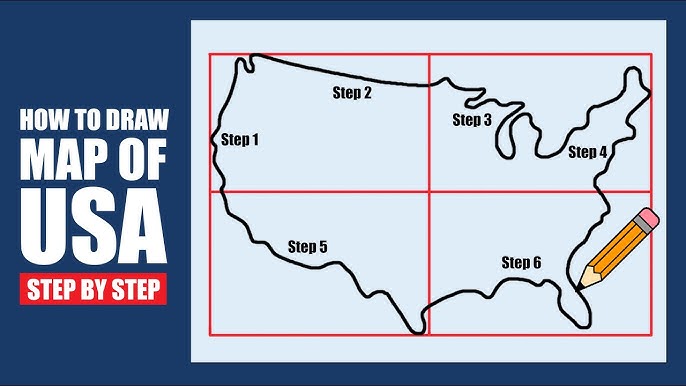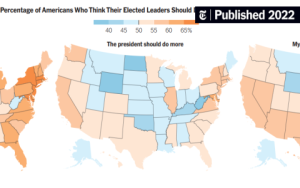Mastering the analysis and understanding of potential future United States maps requires systematic learning. This guide outlines core steps for beginners.
Understanding Mapping & Core Concepts
Focus on foundational geographic and cartographic principles applicable to future projections.
- Current Geography Mastery: Achieve proficiency in present-day US states, major cities, infrastructure networks, and significant physical features.
- Define "Future Maps": Recognize these primarily represent projections modeling changes like climate impacts, demographic shifts, economic trends, or political redistricting.
- Timeframes Clarification: Specify whether studying near-term (10-20 years), mid-term (20-50 years), or long-term (50+ years) projections, as models differ significantly.
- Data Foundations: Acknowledge all maps rely on underlying datasets; identify common sources like census statistics, climate models, and economic indicators.
Analyzing Drivers of Change
Future maps visualize changes driven by specific forces.

- Climate & Environment: Examine projections for sea-level rise impacting coastlines, changing precipitation patterns, temperature extremes influencing habitable zones, and water resource stress.
- Population Dynamics: Study migration patterns, birth/death rates, urbanization trends, and aging demographics to understand regional growth or decline.
- Economic Factors: Consider technological shifts, resource availability, transportation evolution, and globalization effects on regional economies and development.
- Political & Policy Influence: Understand how electoral redistricting rules, infrastructure investment decisions, and environmental regulations shape spatial outcomes.
Learning Projection Methodologies
Familiarize yourself with the technical basis for creating future maps.
- Statistical Modeling: Recognize techniques using historical trends to extrapolate future conditions.
- Scenario Planning: Understand how analysts create multiple plausible futures under different assumptions to explore possibilities.
- Geographic Information Systems: Identify GIS as the primary tool for integrating diverse data layers and creating map visualizations.
- Model Uncertainty: Grasp the inherent limitations and varying confidence levels in different types of projections.
Interpreting & Evaluating Future Maps
Develop critical skills to assess presented maps.
- Source Scrutiny: Always identify the map creator and funding source, recognizing potential biases.
- Assumption Analysis: Discern the key assumptions made for each scenario and evaluate their plausibility.
- Visual Literacy: Pay attention to map symbology, color schemes, scales, and legends. Understand how design choices influence perception.
- Comparative Analysis: Examine maps from different sources addressing similar questions to understand the range of possible outcomes.
Building Validation & Critical Thinking Skills
Refine your ability to judge the credibility of projections.
- Seek Peer-Reviewed Research: Prioritize analyses published in reputable academic journals and government reports.
- Track Record Review: Investigate the past accuracy of specific models or research groups.
- Engage with Uncertainty: Reject maps presented as absolute certainty. Focus on understanding the probability ranges.
- Ethical Implications: Consider how future maps influence policy decisions, resource allocation, and public understanding.











